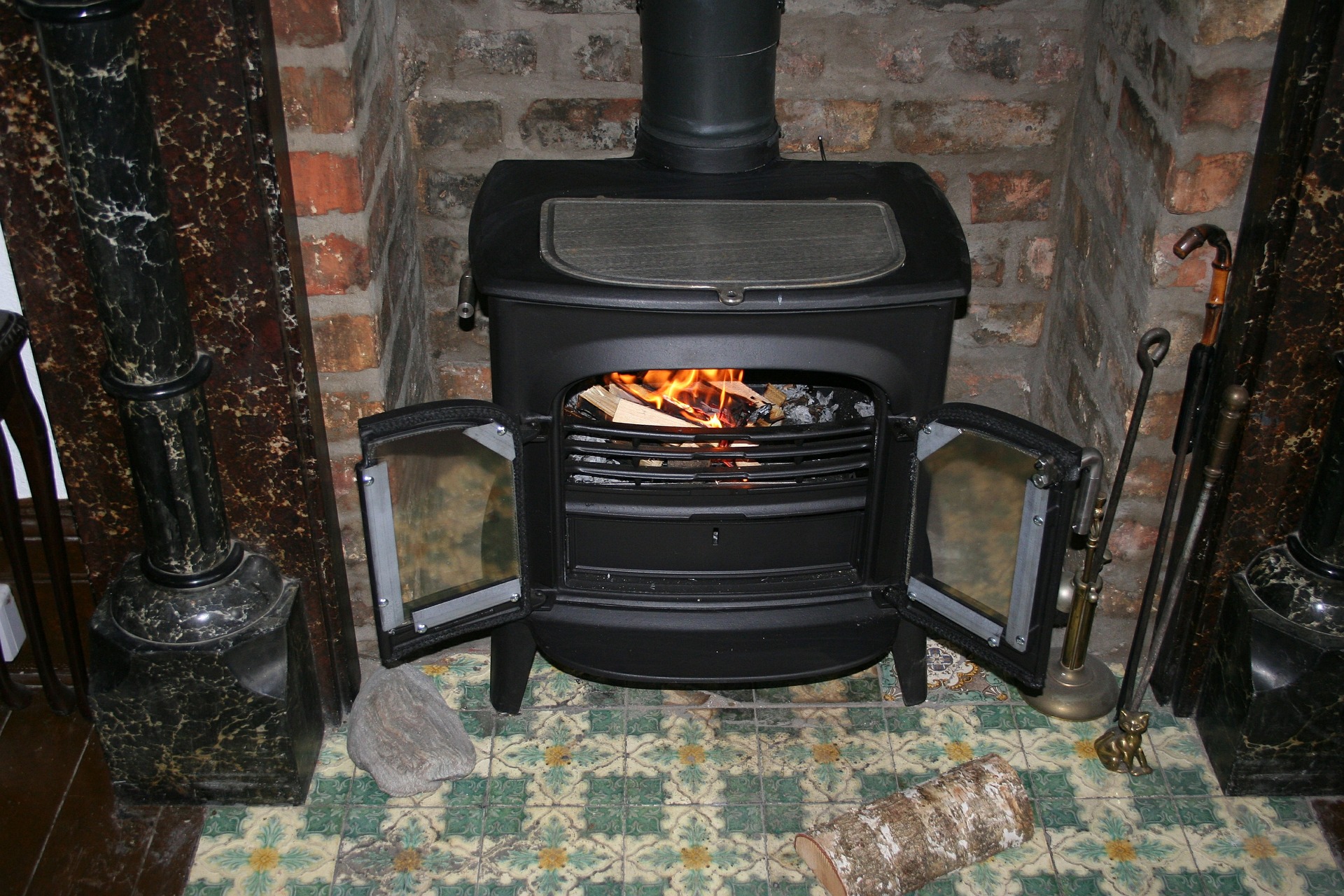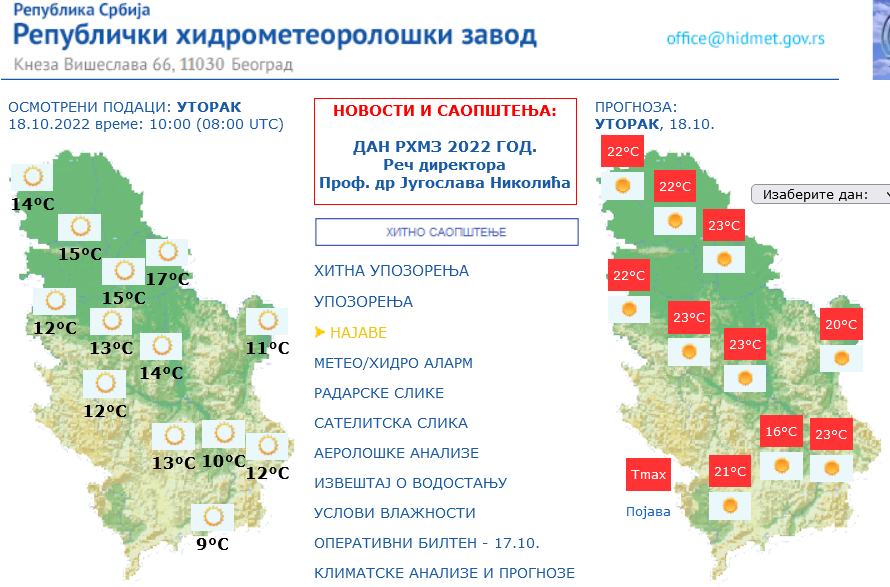
Heating season starts later as people rush to stores
Heaters are in high demand all across Serbia. People have besieged the stores, even though the price of heaters has risen by 10 per cent in retail outlets compared to last year. Customers interviewed by V4NA in Serbian stores said people are afraid of the winter, adding that the general panic of western customers has slowly reached local residents.
„Winter is delayed” in Serbia
Although the heating season usually starts in the middle of October in the country, this year it is so warm that the deadline has been put off by two weeks, and the district heating systems of cities will only be started early November. The Republic Hydrometeorological Service, which published the data, thinks that the Indian summer will last.

Photo: Screenshot
The law says that district heating facilities must provide service between 15 October and 15 April. Exceptions may be the first half of October and the second half of April in case average temperature falls below 12 degrees Celsius for three days. In that case, the season is extended. Now, however, the two criteria set out in the law have practically been combined, and the average temperature rule has been applied to the period after the 15th. The decision to delay the heating season was made by the government, so every city with district heating must adhere to it. The goal is, of course, to save energy, with the decision enabling the country to save two weeks’ worth of fuel.
And those who are cold?
Although official data suggests the temperature does not make heating necessary, people living in houses without district heating had turned on their heaters weeks ago. The temperature in the morning only rises to 5-6 Celsius degrees, which even well-insulated houses cannot cope with, so almost everyone is forced to turn on their electric heating systems in the evenings and at nights.
Many of those living in apartment buildings with district heating cannot wait for the start of the heating season either. Especially elderly people and families with small children are looking for temporary solutions. The frantic spree is mainly being felt in the capital, Belgrade, where a significant part of the population normally uses district heating. One of the large chain stores said that the increased pressure has been felt since September, but when the announcement regarding the delay in starting the heating season came, they received a veritable avalanche of phone orders. The demand can also be seen in the evolution of prices: they increased by roughly ten percent in one year. Incidentally, one of the consequences of the postponement of turning on the heat is that electricity consumption is expected to be higher than it was in October last year.
The more varied, the better
Everyone is trying to come up with a ‘B’ or even a ‘C’ alternative to switch out their existing system. Those who heat with solid fuels and are afraid that the price of wood and coal will go to extremes will buy an electric heater, those who have gas heating and are afraid of the taps being shut off, will switch to a wood-burning stove. Those who heat with electricity install an alternative solution fearing rising prices and possible outages.
The people’s fears are palpable even in stores. One of the popular electronics stores visited by V4NA has almost been rearranged to meet the demand: they made less and less space for household appliances and more and more space for stoves, radiators, and heaters. The sellers said: you can feel the fear in people. As they said, the panic in the West is slowly spreading to the people here. And although political leaders regularly emphasize that there will be enough electricity and gas, and there is no need to fear a drastic increase, people are not leaving it to chance. Here, too, prices rose by an average of ten per cent. The cheapest heaters can be purchased for as little as 15 euros, but they are only suitable for heating one bathroom. The price of larger inverter air conditioners, suitable for reheating apartments, ranges from 300 to 500 euros. Oil radiators that have a price range between 50 to 170 euros are also popular.

